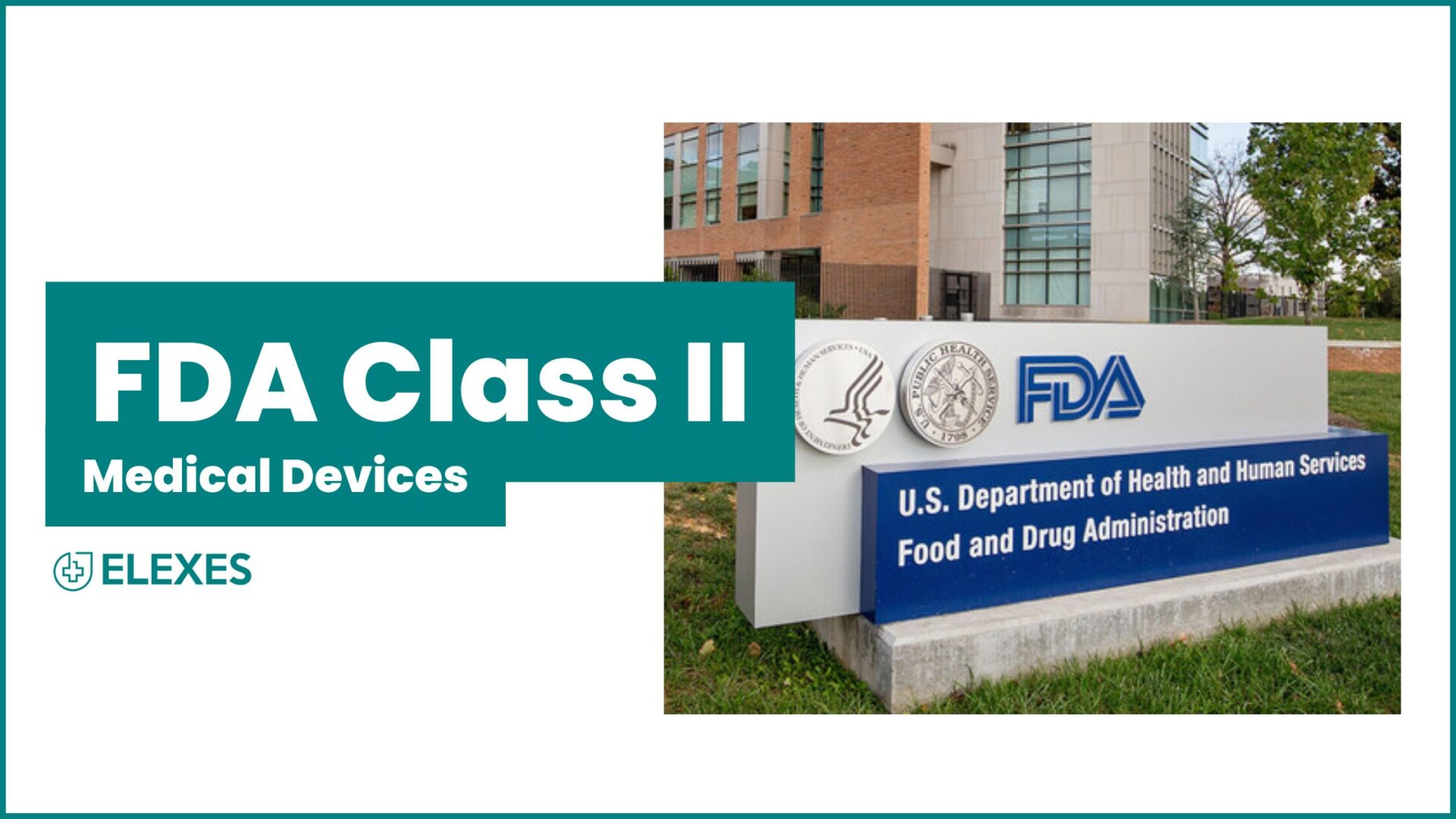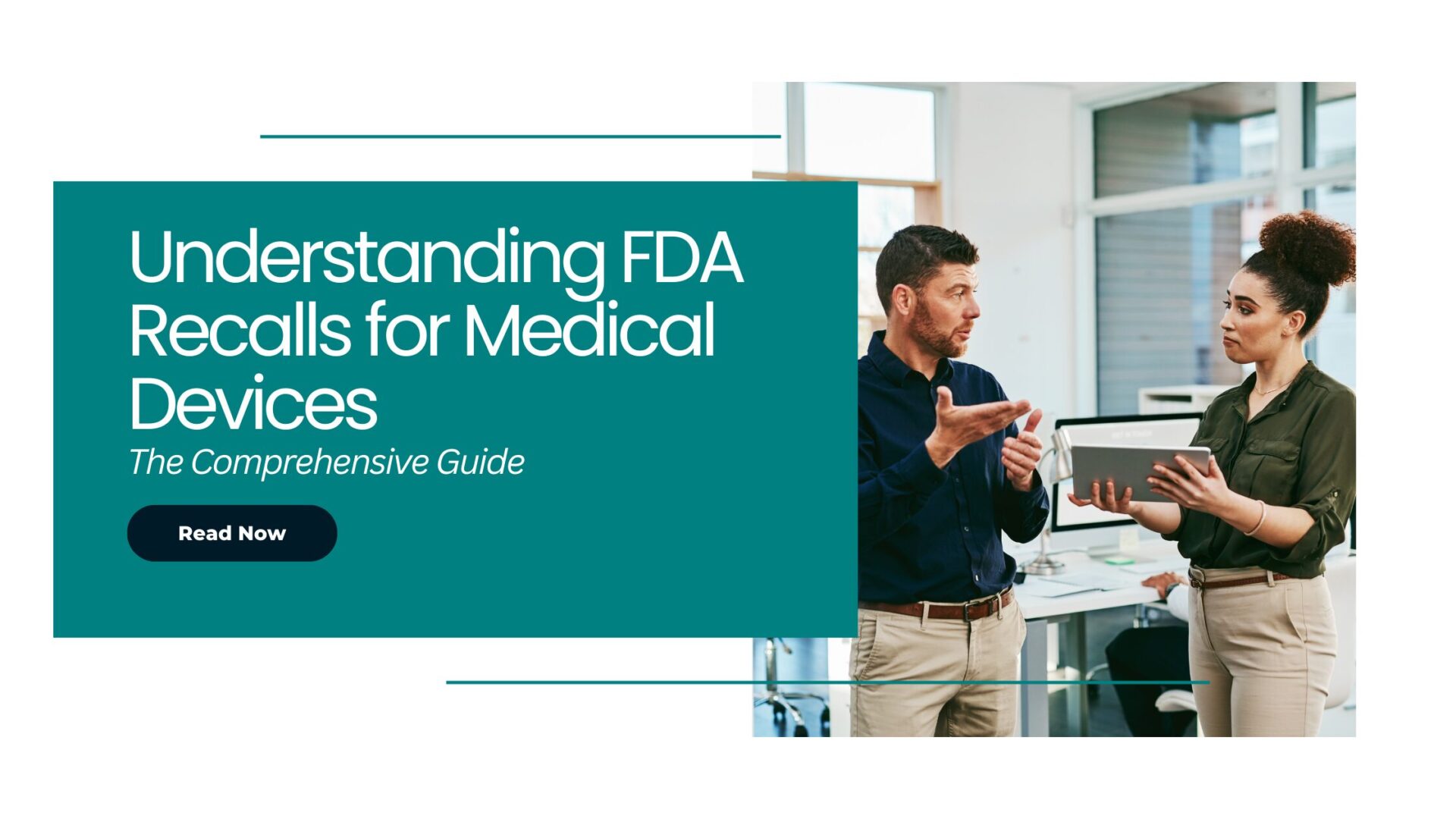n this article, we have covered everything you must know about medical device labeling. From what medical device labeling is and what it should include to understanding different types of medical device labeling, we will guide you through it all, so let’s dive right in.
n this article, we have covered everything you must know about medical device labeling. From what medical device labeling is and what it should include to understanding different types of medical device labeling, we will guide you through it all, so let’s dive right in.
What is medical device labeling?
Medical device labeling refers to the various forms of written, printed, or graphical information provided with a medical device.
This information is critical for ensuring the safe and effective use of the device by healthcare professionals and patients.
Labeling includes everything from the device’s labels to the instructions for use (IFU), manuals, and even promotional materials. Proper medical device labeling helps communicate essential information about the device, including:
⦿ Purpose of the device
⦿ Usage instructions of the device
⦿ Risks associated with the device
⦿ Regulatory compliance details
In the next section, we will elaborate on different components of medical device labeling.
Components of Medical Device Labeling based on Medical Device Labeling Requirements

Medical device labeling needs to adhere to a range of requirements and to meet those requirements the labeling consists of various components, each serving a specific purpose. Let’s learn about each of these components one by one.
Labeling component #1 - Device Identification
The very basic yet essential component of Medical Device Labeling is device identification and this should include:
⦿ Device Name: Clearly states the name of the device.
⦿ Device Description: Provides a concise description of the device, including its intended purpose and key features.
Labeling component #2 - Manufacturer Information
In addition to the device name and description, the labeling must also include the manufacturer’s details. This includes:
⦿ Manufacturer’s Name and Address: Identifies the company responsible for manufacturing the device.
⦿ Contact Information: Includes contact details for customer support and inquiries.
Labeling component #3 - Intended Use/Indications
Indications for use and intended use is another critical component of medical device labeling. Both these things have a specific purpose mentioned below:
⦿ Intended Use: Specifies the medical conditions or purposes for which the device is intended.
⦿ Indications for Use: Describes the specific scenarios where the device is recommended.
Labeling component #3 - Intended Use/Indications
Indications for use and intended use is another critical component of medical device labeling. Both these things have a specific purpose mentioned below:
⦿ Intended Use: Specifies the medical conditions or purposes for which the device is intended.
⦿ Indications for Use: Describes the specific scenarios where the device is recommended.
Learn the difference between intended use vs indications for use in our article –Difference between intended use and indications for use!
Labeling component #4 - Contraindications
Listing the situations or conditions where the device should not be used is also a critical part of medical device labeling.
Labeling component #5 - Warnings and Precautions
Any medical device labeling is incomplete without warnings and precautions. While warnings highlight the potential risks associated with the device, precautions provide guidance on how to mitigate these risks.
Labeling component #6 - Symbols and Graphical Representations
Several universally recognised symbols convey essential information, such as the CE Mark for European compliance, expiration date, sterility, etc. These symbols are also included in the medical device labeling requirements.
Another major thing that medical device manufacturers need to consider while working on medical device labeling and its components is accessibility and language (based on the countries where commercialisation is planned). Meaning, the labeling must be:
⦿ Multilingual: This ensures that labeling is available in the official language(s) of the countries where the device will be marketed. This will be based on the requirements of the target market’s regulatory bodies.
⦿ Readable: This ensures that the information is clear, concise, and understandable by the intended user. This is particularly important for Over-the-counter (OTC) devices and other devices with complex user interfaces.
Different Types of Medical Device Labeling
Medical device labeling has a wide range of information & materials that provide necessary details about the device. Below, you will find different types of medical device labeling.
⦿ Instruction for Use (IFU)
⦿ Promotional and advertising material
⦿ Quick reference guides
⦿ Packaging labels
Instructions for Use (IFU)
Instructions for use is a type of medical device labeling that includes the following information:
⦿ Preparation: Details any necessary steps to prepare the device for use.
⦿ Operation: Provides step-by-step instructions on how to use the device.
⦿ Maintenance: Outlines maintenance requirements to ensure the device remains in good working condition.
⦿ Disposal: Instructions for the safe disposal of the device.
Usually, there are 2 types of instructions for use – Print IFUs and Electronic IFUs (e-IFUs)
Promotional & Advertising Materials
This is a type of label that educates potential users and promotes the device. Some very popular promotional and advertising materials include brochures, advertisements, and online content. These materials provide information about the device’s features, benefits, and applications.
Quick Reference Guides (QRGs)
Quick reference guides are usually used to assist users in quickly understanding and operating the device, especially in critical or time-sensitive situations. These QRGs include simplified, concise instructions and key information for quick reference.
Packaging Labels
A packaging label is a type of medical device label that ensures proper identification, handling, and storage of the device during distribution and storage.
10 Tips to Make The Medical Device Labeling Process Easier!
Tip #1: You should start working on label design early in your product development process.
Tip #2: Make sure to review the regulator’s guidelines to know what information needs to be included in the direction for use.
Tip #3: Use compliant and standardized symbols in case of their availability.
Tip #4: When preparing labels, use durable materials that will stay attached and legible even after cleaning the device according to the instructions.
Tip #5: It is wise to use efficient designing tools for making labels, as they streamline the process and make it easy to edit whenever necessary.
For this, you can use tools like Adobe Illustrator, Loftware, Nice Labels etc.
Tip #6: Contact suppliers to ensure they are meeting all regulatory and quality requirements.
Tip #7: Remember to mention sufficient warnings about all known risks, including dangers of off-label use.
Tip #8: Engage in usability testing to see if your labels are being interpreted correctly.
Tip #9: Make the process of labeling iterative based on the customer review, post-market feedback, product changes, and other inputs. This is one most important thing to consider if your product is already on the market.
Tip #10: Check if the location you wish to market your product has multilingual requirements for labels.
Conclusion
Medical device labeling is a crucial aspect of complying with medical device regulations and ensuring that devices are used safely and effectively. To implement robust labeling Manufacturers should make use of several medical device labeling components and types.
Proper labeling supports informed decision-making, enhances patient safety, and ensures compliance with regulatory standards.
Manufacturers must stay updated with regulatory requirements and continuously review and update labeling to reflect new safety information and usage instructions, as applicable. Tips shared above will help you make proper labeling.
We highly recommend that you seek guidance from professional regulatory and quality professionals to obtain a compliant medical device labeling for your medical device. If you need help with your medical device labeling, contact us.





















